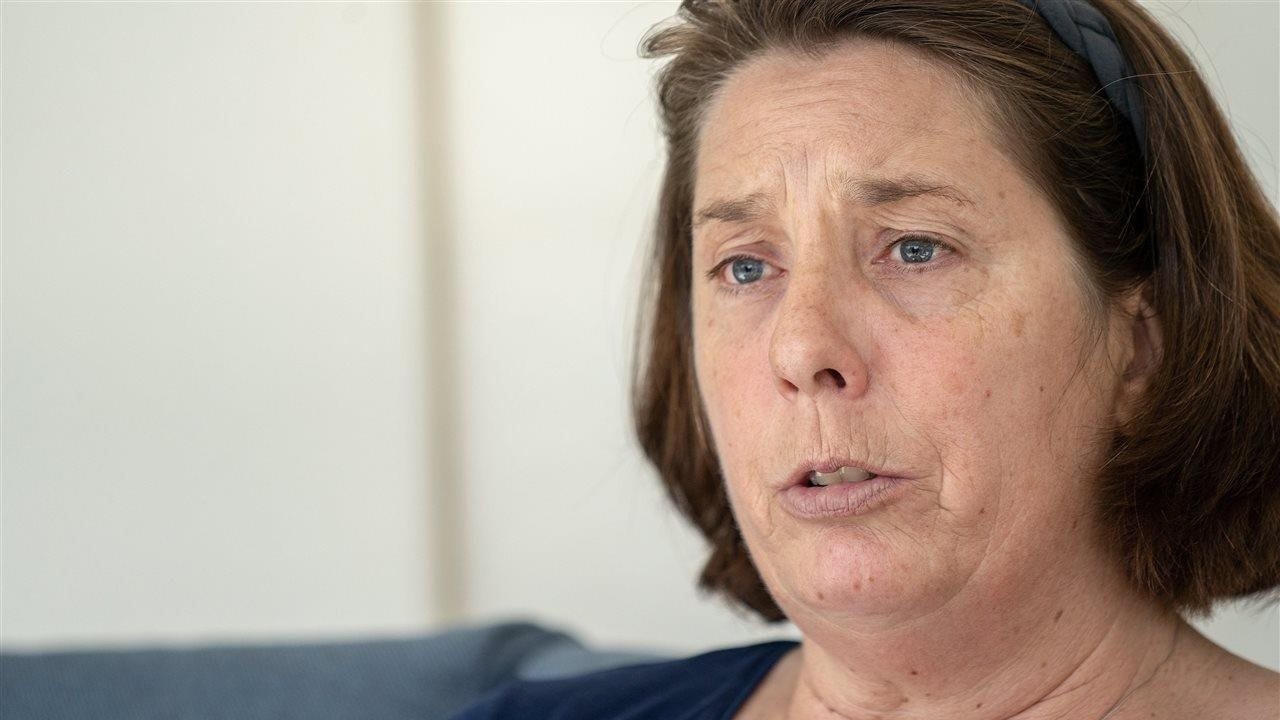(BPT) – Can you imagine waking up every day in excruciating pain and not knowing why? A new documentary-short explores the real-life experiences and stories of people like Sharon, who led a healthy, social, and active lifestyle until she started to experience debilitating attacks and chronic pain.
A few years ago, Sharon was in the prime of her life – a successful and busy human resources executive, she was known for her ‘go getter’ attitude and zest for life. One day, she woke up with a pain in her side so severe that she struggled to walk, and it left her doubled over in the ladies’ room by the time she got to work. Her symptoms persisted relentlessly as she searched for answers. Despite endless visits to the doctors and tests and hospital visits, no one was able to pinpoint the source of Sharon’s pain or to help make her well.
Finally, one of Sharon’s doctors suggested that they test for a rare disease she had never heard of before. When the test came back positive, doctors explained that Sharon suffers from acute hepatic porphyria (AHP) – a family of rare genetic diseases characterized by potentially life-threatening attacks and, for people like Sharon, chronic debilitating symptoms that negatively impact daily functioning and quality of life. ‘Despite receiving such upsetting news, I was actually relieved,’ says Sharon. ‘I had started to doubt myself, but this was confirmation that I wasn’t crazy – the pain I was experiencing was legitimate. I finally had a name and an explanation for all of my symptoms.’
There are four types of AHP, each resulting from a genetic defect leading to an enzyme deficiency in the liver: acute intermittent porphyria (AIP), hereditary coproporphyria (HCP), variegate porphyria (VP), and ALAD-deficiency porphyria (ADP). Signs and symptoms of AHP include – but are not limited to – severe abdominal pain, nausea, fatigue, limb weakness or numbness, confusion, anxiety or seizures, and potentially dark/reddish urine. Sharon was specifically diagnosed with VP, which is additionally associated with severe skin lesions or blistering. The nonspecific nature of AHP signs and symptoms can lead to misdiagnoses of other more common conditions such as IBS, appendicitis, fibromyalgia, and endometriosis.
Patients impacted by AHP often remain without a proper diagnosis for up to 15 years. AHP can quickly and easily be confirmed through a simple spot urine test; however, it’s not thought of as a possibility until more common conditions are ruled out, which may lead to unnecessary surgeries or procedures. Currently, there are no treatments approved to prevent the debilitating attacks or to treat the chronic manifestations of the disease.
Since that first morning when she woke up with unexplained, severe pain in her side, Sharon’s life has changed dramatically. Sharon continues to experience excruciating attacks leading to extended hospital stays. She was forced to give up the job that she loved, and the disease has put a heavy burden on her relationships and her ability to remain physically active. Sharon believes that ‘research is that little glimmer of hope and the key to a better tomorrow.’
‘Porphyria affects the lives of patients suffering from attacks and puts a tremendous burden on their caregivers. The whole AHP community is eager for continued research that could eventually give us the opportunity to lead fuller lives,’ says Desiree Lyon, co-founder and executive director of the American Porphyria Foundation (APF) who also lives with AHP.
Sharon, Desiree, and the extended APF community are committed to raising awareness of porphyria, so that people who are unknowingly living with this condition may be accurately diagnosed and connected with a community that offers support and shares information. Early diagnosis improves patient well-being by ensuring that appropriate medical attention is received and alleviates the stress associated with the ‘not knowing.’ ‘As someone who has been through and continues to live with the challenges of porphyria, I feel it’s important to share my story, encourage others to talk about their experiences, and never stop looking for answers,’ says Sharon.
To learn more about acute hepatic porphyria and Sharon’s personal experience with the disease, visit www.PinpointAHP.com/paw. To learn more about the American Porphyria Foundation, visit www.PorphyriaFoundation.org.
A message from Alnylam Pharmaceuticals

